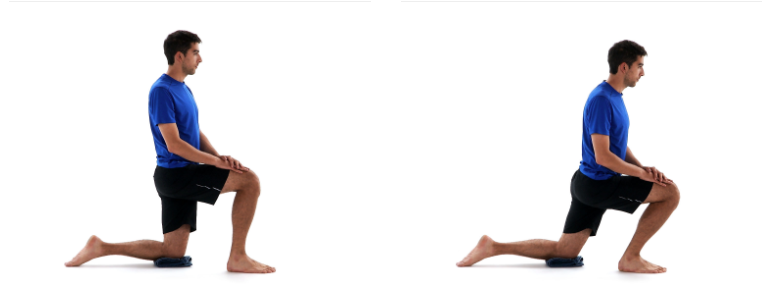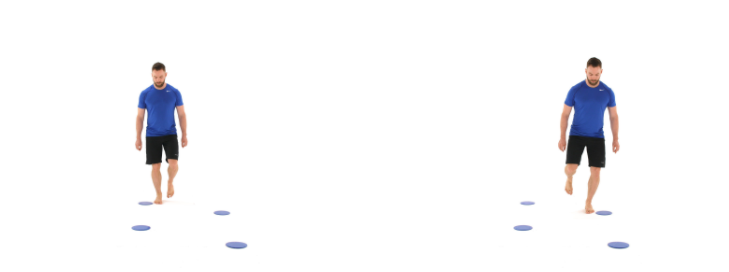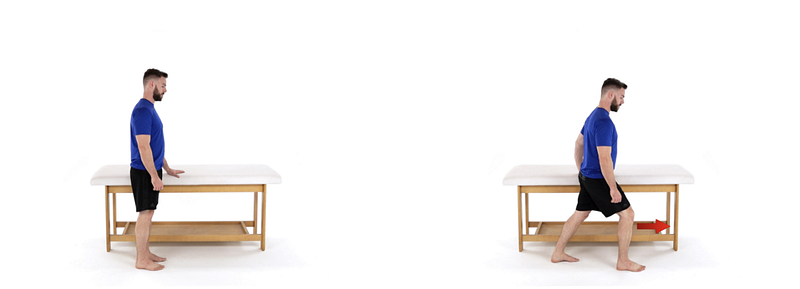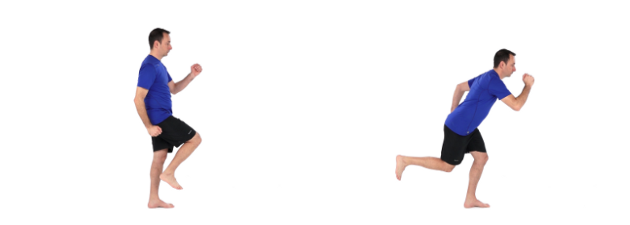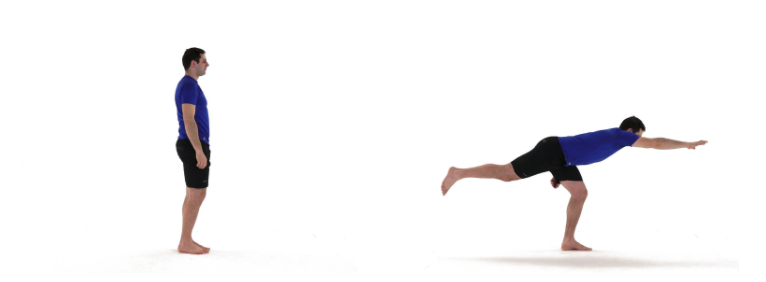Unlocking the Secrets to Mastering Your Lunge Technique
Written on
Chapter 1: The Importance of the Lunge
The lunge is a fundamental exercise that every runner should conquer. Not only does it develop impressive strength in your quadriceps and glutes, but its unilateral design also significantly improves your balance and stability. Sadly, many runners lack the foundational skills necessary to fully benefit from this powerful movement. Weaknesses in strength, balance, and stability can make lunges risky or ineffective. If you're uncertain about your lunge technique, don't worry! With the right guidance, you can easily correct your form.
To achieve this, you only need to follow three simple steps to transition from instability to stability. These steps will not only enhance your lunge performance but also pave the way for more advanced exercises, elevating your running game.
Runners, it’s time to maximize the benefits of your lunges!
Section 1.1: Essential Steps to Perfect Your Lunge
Before diving into these techniques, a quick note: This guide is intended for healthy individuals without diagnosed balance issues or chronic conditions that might complicate exercise execution. If you have any concerns, consult a healthcare professional before starting. For those new to lunges, check out my article for basic tips. Now, let's explore three vital steps to elevate your lunges and balance skills.
- Prioritize Ankle Mobility
Ankle mobility is frequently overlooked in fitness. By improving strength and stability in this area, your lunges will quickly improve. Here are a few exercises I recommend:
Exercise 1: Ankle ABCs
Application: Perform 1 set of the entire alphabet on each side.
Instructions: You can do this seated or standing. Aim to maximize your ankle's range of motion by forming the letters of the alphabet. Take your time and ensure the letters are large to enhance your active mobility.
Exercise 2: Ankle Dorsiflexion Drill
Application: 2 sets of 10 reps on each side.
Instructions: Get into a comfortable lunge position using a pillow or towel. Lean forward to bring your knee over your toes while keeping the front ankle flat. Hold for two seconds at the end range, then reset. Dorsiflexion is often the weakest ankle motion, making this drill effective for restoring strength.
Exercise 3: Point Hops
Application: 10–15 reps.
Instructions: Place four markers diagonally in front of you. Hop from one to the next, focusing on landing and regaining balance before moving to the next marker. To increase difficulty, space the markers further apart.
- Progress Gradually
If you’re new to exercising or find basic movements challenging, don’t rush into advanced lunges without mastering foundational movements. Begin with a simpler version that allows you to stabilize your balance, and once you feel confident, gradually remove the support.
Exercise: Supported Anterior Lunge
Application: 10 reps per side.
Instructions: Stand next to a wall or chair for support. Perform alternating lunges while only using as much support as necessary. As you improve, gradually rely less on the support to transition into an independent exercise.
- Enhance Your Balance Skills
To become fully comfortable with lunges, incorporate balance exercises that challenge your stability beyond typical lower body movements. Think of this like athletes training at higher elevations before returning to sea level for competition.
Exercise 1: Running Man
Application: 15–20 reps per side.
Instructions: Stand on one leg, lift the opposite knee towards your chest, and position your arms like a runner. Slowly extend the raised leg back and down without letting your toes touch the ground, bending at your hips instead of your back.
Exercise 2: Proprioceptive Clock
Application: 1 minute per side.
Instructions: Stand on one foot and move your other leg to different positions as if tracing an invisible clock. Keep your weight on the planted foot for active stability. For best results, perform this exercise barefoot.
Exercise 3: Modified Airplane Walks
Application: 10 steps per side.
Instructions: Step forward onto one foot, then hinge at your hips to lower your chest. You can modify this by extending your arms out to the side, reaching the opposite arm forward, or rotating your arms side to side.
In Closing,
The lunge is a widely practiced movement, yet it is often performed incorrectly or without intention. If you're facing challenges with this essential exercise, it's vital to focus on enhancing your balance and stability. This approach will not only transform your lunges but also significantly benefit your overall running health and longevity.
Why not start today? You've got this!
The first video titled "How to do the perfect LUNGE: technique and common mistakes" provides insights into proper lunge technique and common pitfalls to avoid.
The second video titled "#GymnasticsHowTo: The Perfect Lunge" offers a comprehensive guide on mastering the perfect lunge for improved athletic performance.

